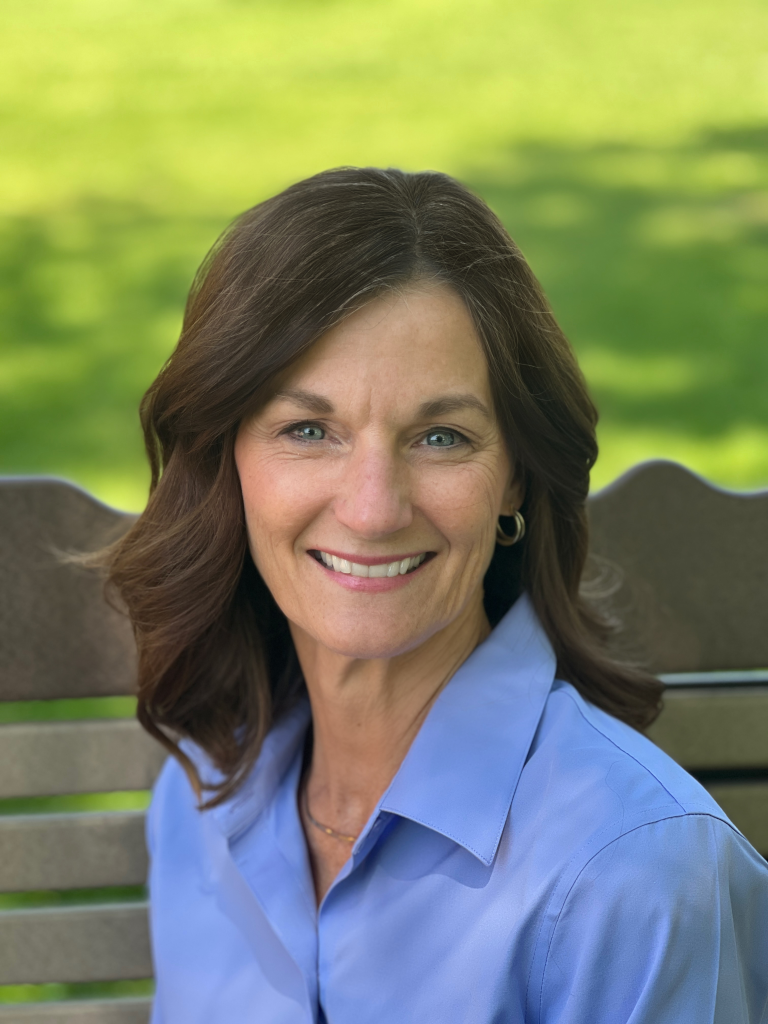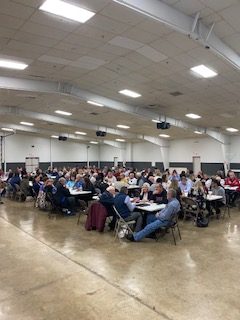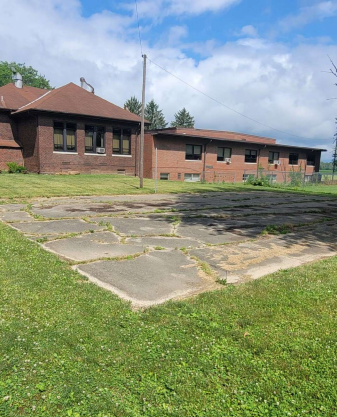This October, Forward Wayne County is focusing on Government and Policy. To add some perspective, we asked Beth Fields, the Wayne County Community Coordinator, to talk about the Hoosier Enduring Legacy Program (HELP) and how local governments collaborated with community partners to design a plan that best reflects the County’s needs.

A Brief History
In the fall of 2021, the Wayne County Government, the City of Richmond, and key community partners joined forces to submit a grant application to the Indiana Office of Community and Rural Affairs (OCRA) for the Hoosier Enduring Legacy Program (HELP). The city and county invited other communities in Wayne County to join them and thus became our HELP Regional Group: Cambridge City, Dublin, Economy, East Germantown, Milton, Spring Grove, Richmond, and Wayne County.
OCRA selected Wayne County in November 2021 to participate in the HELP program. The project was then scheduled for a January 2023 start.
By now, you are asking, “What is HELP?” The Hoosier Enduring Legacy Program incentivizes a community to pledge a portion of their American Rescue Plan Act (ARPA) money to fund legacy projects that focus on at least one of four community development pathways: advancing e-connectivity, enhancing quality of place, promoting community wellness, and strengthening local economies.
In exchange, OCRA offered training and leadership assistance with developing a Strategic Investment Plan. Additionally, a $1 million Community Development Block Grant (CDBG) was offered by OCRA.
County Wide Collaboration and Projects
In January of 2023, I took on the role of Community Coordinator, and by then, the Core Team was already hard at work identifying pathway committee chairs and building respective teams. We hit the ground running. We prioritized community engagement by implementing a plan to encourage citizens to attend one of our seven public meetings. Citizens could share community wants and needs through a three-question survey.

Wayne County residents completed over 900 surveys. The team logged every comment and suggestion from the surveys and shared them with the Core Team and Pathway Chairs. Based on the data collected, we identified 33 projects and included them in our Strategic Investment Plan.
The 33 projects provide wide-range and long-term impact across Wayne County. We are truly strengthening local economies, advancing e-connectivity, promoting community wellness, and enhancing our residents’ quality of life. You can read the full plan here.
The next phase of HELP is program implementation. Several of the 33 projects will start soon and finish by 2024. Others will extend into 2026, depending on project complexity and funding sources.
An example of the more complex, “behind the scenes” projects are housing infrastructure, blight elimination programs, and improvements to emergency communications. On the other hand, a few of the more visible projects will be ready to launch in the spring of 2024, so keep an eye out for some fun murals and exciting park upgrades in Economy, East Germantown, Milton, Dublin, and Cambridge City, as well as improvements to the E.G Hill Rose Garden.

Concluding Thoughts
I’ll wrap this up by offering my “two cents” and observations as the HELP Community Coordinator. One of OCRA’s goals attached to HELP was fostering greater collaboration and communication between neighboring communities.
Not only did I see that happening in abundance, but I also witnessed local governments, private citizens, organizations, and community partners come together to identify and craft projects that were responsive to community input and needs and commit to secure funding for the projects. On behalf of the HELP Core Team, I encourage you to follow the link to our Strategic Investment Plan to learn more about each of the thirty-three projects that embody the HELP goal of strengthening our community now and for the future.
